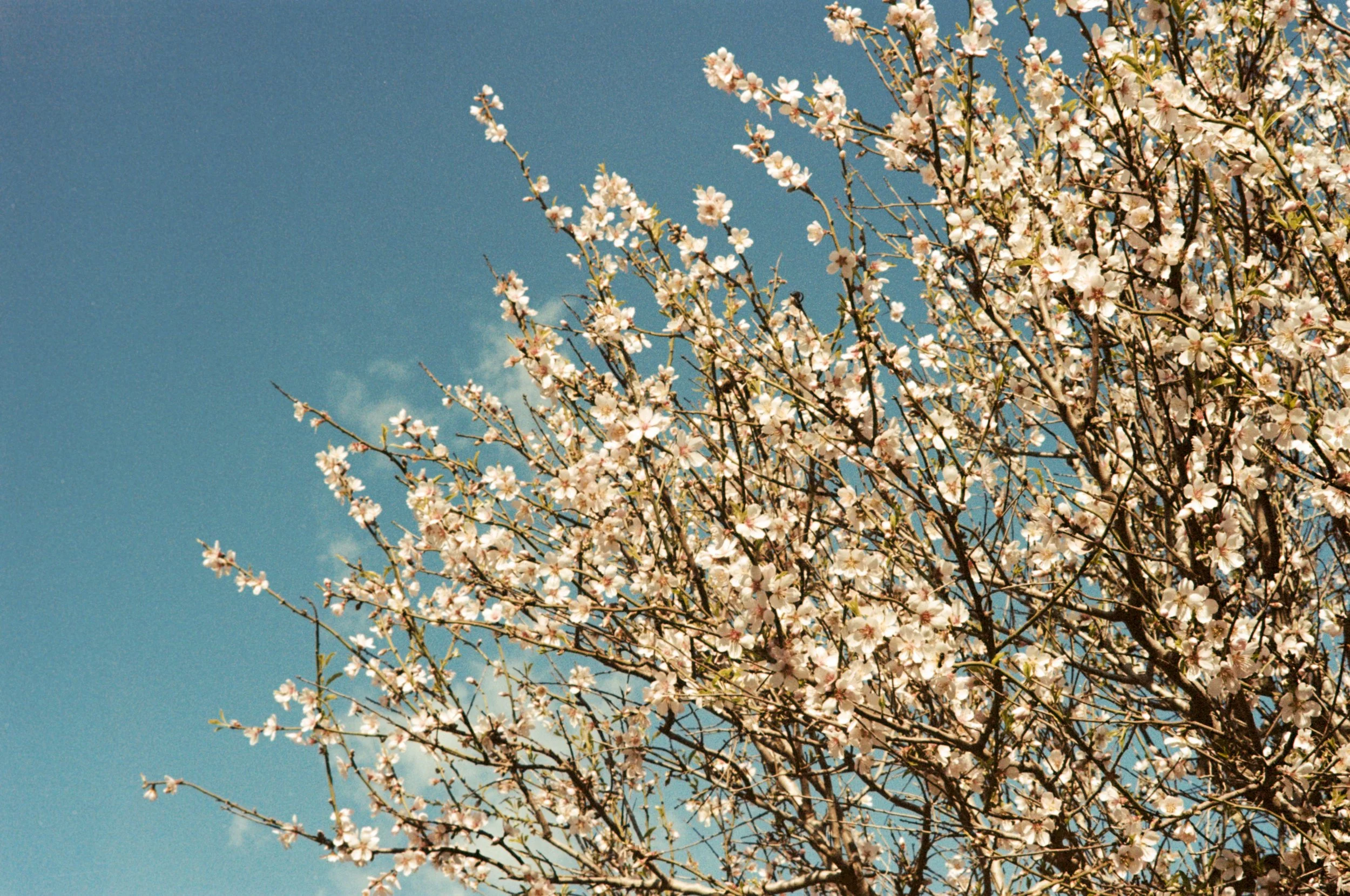About me
My name is Nil. I’m originally from Belgium but I’ve been living in Malta for more than 10 years now, and I’ve come to know the island quite well. My work involves sitting at a desk a lot, but then in my free time I like to go out and explore, as far away as possible from the hustle and bustle of Malta’s urban centres/party places. I like running, cycling, swimming (but not triathlon). I like cutting vegetables. I like silence. I like playing drums. I’m looking forward to meeting you! Let’s go hiking!
About Malta
Malta is a small island nation, centrally located in the Mediterranean sea, just south of Sicily. The country is made up of the main island of Malta, the smaller island of Gozo, and the even smaller, uninhabited island of Comino and a few more scattered islets. Summers are hot, winters are mild. While Malta is primarily known as a beach and party destination, it also offers a fascinating history and some beautiful natural areas.
Maltese flora and fauna
In Roman times, apparently Malta was known for its forests and high quality wood, and the Romans would come here to get timber to build their ships. Unfortunately, now you won’t find a lot of forests in Malta. The typical natural vegetation consists of garrigue, characterised by low, heat and drought-resistant shrubs, on a dry, rocky underground. Commonly found species are wild thyme, spurge and wild fennel. Typical trees for the region include the Aleppo pine and the carob tree, with its typical pods that emit a sweet, chocolate-like scent when they are ripe. In spring, various species of orchids can be found, alongside with lots of other flowers.
As far as animals go, we’ll mostly encounter small reptiles such as lizards, chameleons and geckos, or occasionally a snake. (Don’t worry, none of the snake species in Malta are dangerous to humans). There is a great variety of insects, including butterflies and their colourful caterpillars. If we look up to the skies, we can observe several bird species, especially during the spring and autumn migration season. Look out for bee-eaters, herons, shearwaters drifting above the sea, or the occasional bird of prey. Mammals are rare and hard to spot, but if you manage to see a weasel on of our walks, I’ll buy drinks for everyone!




